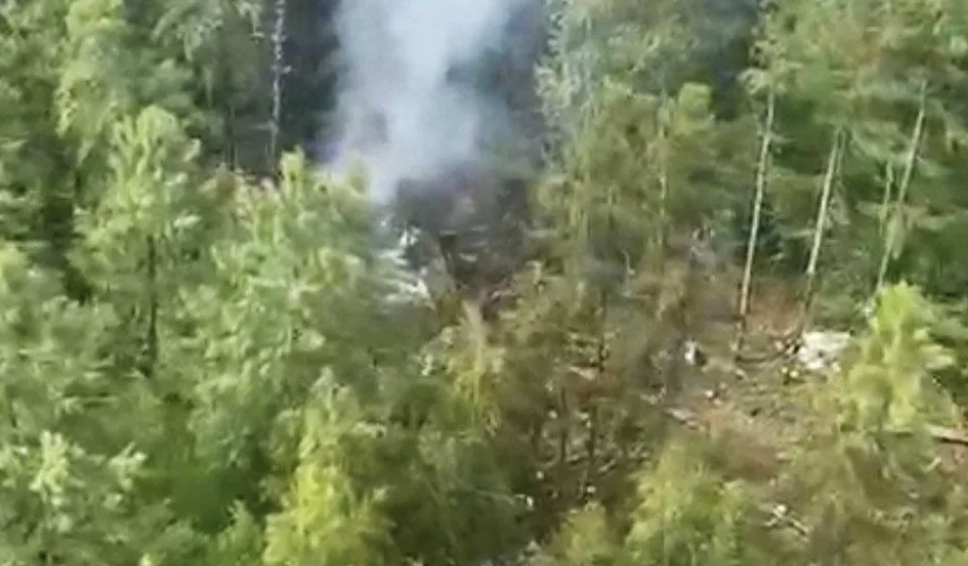A tragic aviation disaster has struck Russia’s Far East after a passenger aircraft carrying 48 people crashed near Tynda in the Amur region. The Angara Airlines Antonov An-24 aircraft vanished from radar screens as it neared its final destination, leading to a swift deployment of search and rescue teams.
The plane had departed from Blagoveshchensk, a city near the Chinese border, and was on the last leg of its journey from Khabarovsk. It carried 42 passengers and six crew members, including five children. Shortly after the disappearance, emergency teams confirmed the wreckage had been located approximately 16 kilometers from Tynda. The scene revealed burning fuselage within dense woodland, and reports indicate there were no survivors.
Initial footage from the crash site showed flames engulfing parts of the aircraft amid heavy forest cover. Rescue workers said it would take roughly an hour to physically access the crash site due to the difficult terrain.
Preliminary investigations are focusing on two possible causes: pilot error in challenging weather conditions or a mechanical failure. The aircraft, nearly 50 years old, had a long operational history and had previously encountered technical issues. Despite having recently passed a technical inspection, it had reportedly been involved in at least four incidents since 2018.
The Antonov An-24 model has a troubling safety record. In 2019, an An-24RV operated by the same airline veered off a runway while landing in Nizhneangarsk, resulting in the deaths of two crew members. Another fatal crash involving an An-24 occurred in 2011, when a similar aircraft plunged into the Ob River in Siberia, claiming seven lives.
Authorities have mobilized all available resources in the Amur region to manage the aftermath and investigate the cause of the tragedy. The loss has sent shockwaves through the region, especially given the presence of children among the passengers.
This crash adds to the troubling legacy of the An-24 aircraft, prompting renewed scrutiny into the continued use of aging planes in commercial aviation. As investigations continue, questions are being raised about aircraft maintenance protocols and the risks of flying older airframes in remote and weather-challenging regions.

